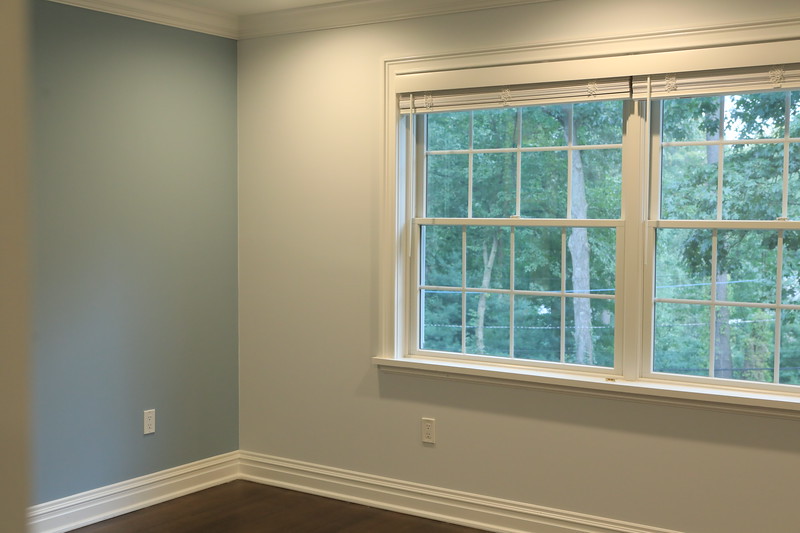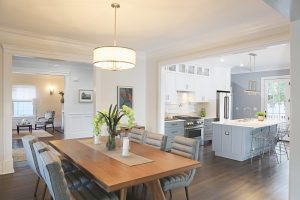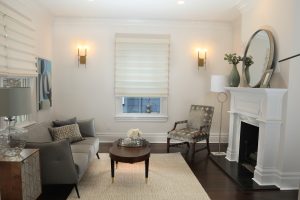9 things you should know about painting

If you like the colour you can bring it to your home! Here are 9 things you should know about painting. Montclair Painting can paint your whole house, interior and exterior in Montclair and nearby New Jersey towns. As you already know the only way to know if a colour suits you is to try it! But before you get paints and brushes it would be right to read our 9 painting tips carefully.
9 things you should know about painting, according to Montclair Painting
1. Experiment with colour
If you are new to colours and a little scared, just choose a small space in your home to experiment. This space can be the entrance of the house, a room that you use as an office or even a small bedroom. Avoid large and “crowded” places as the change may be large and sudden, something you may not like since you are in an experimental stage. Before starting any intervention it would be better to make a proper plan and a plan for what exactly you want to do but also for how you will move.
Choose a strong shade and experimentally paint part of the wall and not the whole surface. Aim to see, with the natural light of day but also with the help of electric light at night, how the colour “behaves” and what are its colour variations. So if all goes well, continue painting the rest of the space.
2. White enlarges the space
A classic and definitely beautiful choice is white. It brings out calm, cleanliness and significantly enlarges your personal space. Like any colour, white has shades and not all are desirable. Choose those that leave a suspicion of blue and mostly cool colours in contrast to the warm shades of white that are not so popular.
3. Match the colours with each other
If you want to make colour combinations, all you have to do is choose close shades that will definitely fit perfectly and are a safer choice. However, for those of you who like strong contrasts, you can play with colours as much as you can imagine! Even the intense shades always based on the Colour Circle are easily combined with each other.
The colour circle reflects the theory of colours and is an aid to its understanding and application. The colour circle reflects all the colours as they result from the analysis of white light. According to the theory of the colour circle, the colours that match each other as combinations are called complementary and are located next to each other in the circle. For example, blue and green or orange and yellow always work perfectly when combined.
4. Each shade has its own personality
Colors are not sizes so they can fit everyone! The colours have many and different shades that some may identify with some while for others they may be completely indifferent. For example, red gives intensity, passion and adrenaline while blue offers relaxation and calm. Surely some people like red while others go crazy for blue.
But what happens when the marriage of shades begins? Well, that’s where the big party of colours begins! Cobalt blue, a rare but extremely chic shade, is a consequence of blue and red, it offers calm and intensity at the same time and maybe if you choose it, it testifies a lot about your character! So it would be good to do the required research before your brushes catch fire!
5. Add bright colour to your bathroom
If you want to make a more eccentric change your home the bathroom is the perfect place to dare! Painting your bathroom is the main ingredient for its radical renewal, especially when the choice of colour is beyond the usual. A notable change would be to choose a bold colour if not all over the space, at least on the main wall usually the one opposite the front door.
6. Kitchen painting
Combine white and blue in various designs for a more impressive result. You can choose white colour for the walls and enhance the decoration with special tiles in white-blue or choose a design that includes both of these shades on your wall. For your bathroom and kitchen it is good to use paints that are resistant to moisture and washing, do not grow mold and do not retain pollutants.
7. You can use wallpaper
In addition to painting an alternative option is wallpaper. Thousands of patterns and colours, depending on the style you want to give.
8. Paint your house over time, Montclair painting suggests
If you are not much of a change you can give those colours that will relieve you of the constant changes. Always a classic and timeless house wins in points. What you need to keep in mind is that in every home there should be a color harmony both internally and externally. The same goes for your room. The colour harmony can come both from the shades of the walls and from the objects that will make up the space.
If you take all this into account then the colour choices of your home will always be timeless without being subject to frequent changes. Another point on which you should base is the architectural, so to speak, habits of the area where the house is located. For example, if the environment is urban or any other architectural style, it will be preferable for your house to be equal to the rest while maintaining its own character.
9. Colour on the ceiling
The white colour on the ceiling enlarges a space and makes it look brighter. This does not mean, however, that you can not experiment with a few more shades since painting the ceiling is now a fashion that has come to stay. If you do not know what colour to paint your ceiling, then you can simply be inspired by the decor of the rest of the room.
Look carefully at the shades that dominate your space and choose the shade you like best. With this trick the room will acquire a visual rhythm and the space will look more evenly decorated. Prefer bright shades for your ceiling in rooms with large windows so that plenty of sunlight enters the space. For evening hours add extra lighting with table lamps and extra spots on the ceiling and walls.
Montclair Roofing can be by your side for every service your home needs, including carpentry, Montclair painting, contracting, house restoration, renovations with its trustworthy workers.








